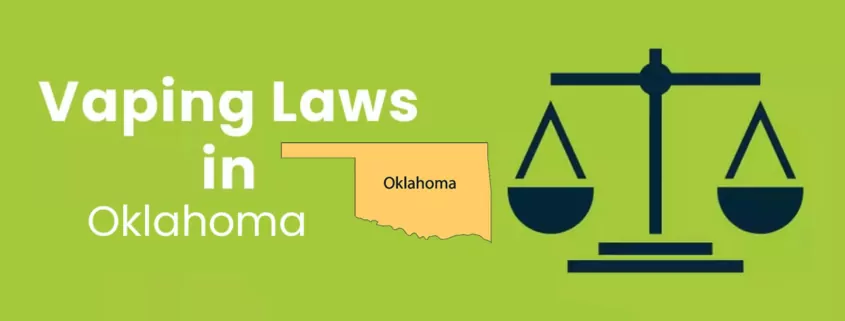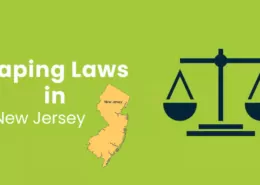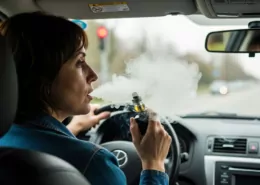Vaping Laws in Oklahoma: A Comprehensive Guide for 2025
Oklahoma, a state with a rich Native American heritage and a landscape defined by its rolling plains, has also carved out a unique and increasingly strict regulatory territory for vaping products. The state’s approach is a complex blend of federal mandates, specific state statutes, and a notable lack of certain regulations seen elsewhere, creating a compliance environment that requires careful navigation. This guide provides an in-depth look at Oklahoma’s current vaping laws, exploring the new PMTA registry, age restrictions, public use rules, and the key legislative debates defining the future of vaping in the state.
So, what is the current legal status of vaping in Oklahoma? Yes, vaping is legal in Oklahoma for adults aged 21 and over, but it operates under a highly controlled system. This guide will detail these laws and what they mean for you.
The Legal Foundation of Vaping Laws in Oklahoma
At the core of Oklahoma’s approach to vaping is a firm stance on preventing underage access, supported by both state and federal law, alongside definitions that categorize these products for regulatory purposes.
Defining “Vapor Product” in Oklahoma
Oklahoma law provides a broad definition to ensure comprehensive regulatory coverage. A “vapor product” is defined as “any non-combustible product containing nicotine, or other substance, intended for human consumption that uses a mechanical heating element, battery, or electronic circuit to produce vapor.” This includes e-cigarettes, e-cigars, e-pipes, and similar devices, as well as vapor cartridges and nicotine containers.
Minimum Legal Sales Age: Strictly 21
Oklahoma rigidly enforces a minimum legal sales age of 21 for all tobacco products, which explicitly includes all e-cigarettes, alternative nicotine products, and vapor products. This “Tobacco 21” standard aligns Oklahoma with federal legislation. Under Oklahoma Statutes § 21-1241, it is a misdemeanor for any person to sell, give, or furnish these products to an individual under 21 years of age.
Retailers are required to check a valid government-issued photo ID for any customer who appears to be under 30 years of age. For individuals under 21, purchasing or attempting to purchase vaping products is also illegal, with penalties including a $100 fine for a first offense and a $200 fine for a second offense.

Where Vaping is Prohibited in Oklahoma
Oklahoma’s approach to regulating public vaping is a mix of a broad statewide ban on state-owned property and a notable gap in its general indoor air law.
Ban on All State Property
A key restriction on public use comes from Executive Order 2013-43 (reaffirmed by EO 2019-07), which prohibits vaping on all state-owned buildings, vehicles, and leased property, including the grounds. This is a comprehensive ban covering a wide range of government-controlled spaces. Limited exceptions exist for residents of Veterans Affairs residential facilities on facility grounds.
Specific prohibitions also apply to:
- Public Schools (K-12 & Higher Ed): Vaping is banned on all school campuses and at school-sponsored events, under the 24/7 Tobacco-Free Schools Act.
- Prisons, mental-health centers, and addiction recovery facilities.
- Body piercing and tattooing establishments.
The Clean Indoor Air Act Gap
Unlike many other states, Oklahoma’s Clean Indoor Air Act has not been amended to include nicotine vaping. The law specifically covers “smoking tobacco or marijuana or vaping marijuana” but excludes nicotine vaping products. This means that, at the state level, vaping is not automatically prohibited in private workplaces, restaurants, or bars. The decision to allow or prohibit vaping in these locations is left to individual business owners. However, several municipalities, including Spencer, Oklahoma City, and Tulsa, have passed local ordinances that extend their smoking bans to include vaping in these types of venues.
Ecigator is one of the well-known vape brands spun off from FM Technology Co., Ltd, it’s an ISO-certified disposable vape manufacturer for OEMs, ODMs, and OBM since 2010. The founder team comes from top firms with more than 10 years of experience in the vaping industry and has devoted thousands of hours to providing users with a better and better experience.
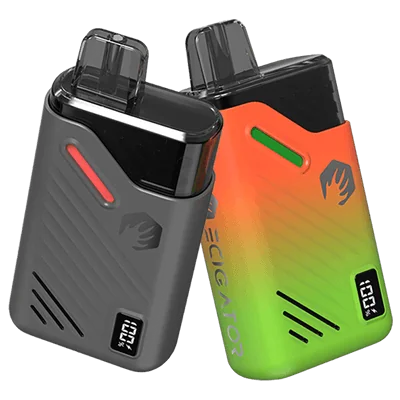
18K Disposable Pod Kit
Disposable Pod Kit – 18ml changeable pod with 650mAh rechargeable battery.
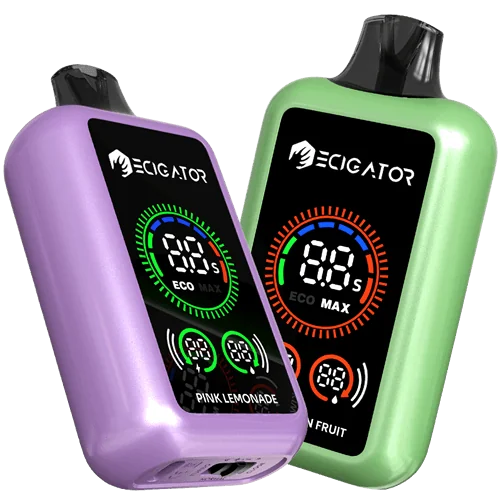
20K with Large Screen
20000 Puffs Disposable Vape with large screen. Normal and Boost working modes.
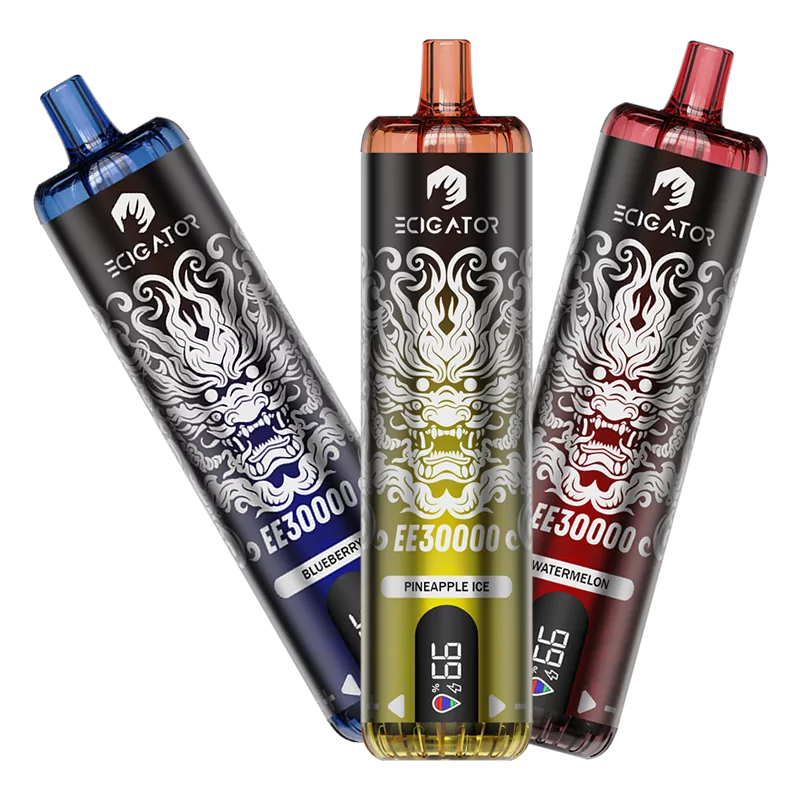
30K DTL Disposable
30K Puffs DTL(Directly to Lung) disposable vape with airflow control and screen.
The PMTA Registry Law in Oklahoma
The most impactful piece of recent vaping regulation in Oklahoma is the establishment of a state-managed product registry, often referred to as a “PMTA Registry Law.” This system, which took effect on July 1, 2023, fundamentally changes which vaping products can be legally sold in the state.
How the Product Directory Works
The law requires that for a vaping product to be legally sold in Oklaoma, its manufacturer must certify to the Oklahoma Alcoholic Beverage Laws Enforcement (ABLE) Commission that the product meets specific criteria tied to the FDA’s Premarket Tobacco Product Application (PMTA) process. To qualify for inclusion in the state’s official public directory, a product must1:
- Have received a marketing granted order (MGO) from the U.S. Food and Drug Administration (FDA).
- Have been on the market as of August 8, 2016, had a PMTA filed with the FDA by the deadline of September 9, 2020, and that application remains under active FDA review or has had a marketing denial order (MDO) that is currently stayed by a court or the FDA.
Implementation Timeline for the Registry:
The law has a structured phase-in period for 2025:
- July 1, 2023: The law establishing the registry took effect.
- October 1, 2023: The ABLE Commission published the first directory of approved products.
- Ongoing Enforcement: Retailers must ensure all products they stock and sell are on the current version of the ABLE Commission’s directory.
Impact on Product Availability
This registry system dramatically reduces the number of vaping products legally available in Oklahoma. As of early 2025, only three manufacturers have received FDA marketing authorization for their vaping products: Logic Technology Development LLC (owned by Japan Tobacco International), NJOY LLC (owned by Altria), and R.J. Reynolds Vapor Company. This means that the vast majority of products currently on the market, especially the popular flavored disposable vapes that lack FDA authorization, are illegal to sell. This has raised significant concerns about market monopolization by “Big Tobacco” companies and the potential for small, independent vape shops to be forced out of business.

ECIGATOR
Ecigator is one of the well-known vape brands spun off from FM Technology Co., Ltd, it’s an ISO-certified disposable vape manufacturer for OEMs, ODMs, and OBM since 2010. The founder team comes from top firms with more than 10 years of experience in the vaping industry and has devoted thousands of hours to providing users with a better and better experience.
Selling Vaping Products in Oklahoma
Retailer and Wholesale Licensing
All businesses selling tobacco or vapor products in Oklahoma must obtain a tobacco permit from the Oklahoma Tax Commission (OTC). Retail permits are valid for three years and cost $30. Wholesale licenses are required for distributors and cost $250 annually. Retailers are also restricted to purchasing their inventory only from Oklahoma-licensed wholesalers.
Sales Practices and Product Requirements
- Vending Machines: Sales of vapor products through vending machines are restricted to locations that are inaccessible to individuals under 21.
- Self-Service Displays: These are restricted to adult-only facilities to prevent direct access by minors.
Taxation of Vaping Products
A significant distinction for Oklahoma is its tax policy. As of mid-2025, Oklahoma imposes no state excise tax on vaping products. While traditional tobacco products face excise taxes, vapes are only subject to the standard state sales tax (4.5%) plus any applicable local sales taxes. This makes Oklahoma’s tax burden on vaping significantly lower than in many other states and has been a point of contention in legislative debates.
Enforcement and Penalties
Oklahoma employs a multi-agency approach to enforce its vaping laws, with significant penalties for non-compliance.
- Enforcement Bodies: The Oklahoma ABLE Commission is the primary state enforcement arm for youth-access laws and managing the new product directory. The Oklahoma Tax Commission handles retailer and wholesaler licensing and tax collection. The Attorney General’s Office may also be involved, with some pending legislation (SB 1102) proposing to shift registry oversight and prosecution authority to the AG’s office.
- Penalties for Registry Violations: The penalties under the new PMTA registry law are severe. Retailers caught selling an unlisted product face a fine of $1,000 per product, per day. Manufacturers who knowingly cause unlisted products to be sold face a civil penalty of $10,000 for each individual product offered for sale.
Pending Legislation and Future Outlook
The 2025 legislative session has been active, with several bills proposed that could further alter Oklahoma’s vaping landscape.
- SB 1102: This bill, which has passed the Senate and is in House oversight, proposes to increase the manufacturer attestation fees for the product registry and potentially grant the Attorney General more authority over enforcement. It may also contain language that could lead to a ban on flavored disposables that lack FDA authorization.
- HB 1682: This bill aims to increase fines for clerks and managers involved in underage sales and enhance local enforcement powers.
- HB 1265: This bill, which died in the chamber, proposed comprehensive new rules for manufacturing, labeling, marketing, and flavor restrictions, indicating ongoing legislative interest in these areas.
The state’s youth vaping rate, which at 21.8% is reportedly double the national average, continues to be a major driver for these legislative efforts.
Conclusion:
Oklahoma’s vaping laws in 2025 represent a unique combination of regulatory approaches. The state stands out for having one of the strictest product-registration systems in the nation, effectively outsourcing product approval to the FDA and creating a state-level enforcement mechanism for federal standards. This is contrasted by the state’s lack of a specific excise tax on vapes and no statewide indoor public vaping ban. This framework creates a complex compliance environment for retailers, who must navigate the new product directory, licensing requirements, and varying local public use ordinances. For consumers, the new laws mean a severely reduced selection of legal products available in the state.
- Mexico Passes Law to Ban Tobacco Ads, Expand Smoke-Free Zones - August 13, 2025
- Big Vape Brands Bypass Ad Bans Via Global Social Media - August 13, 2025
- UK to Make Vape Sellers Pay for E-Waste Disposal - August 13, 2025

